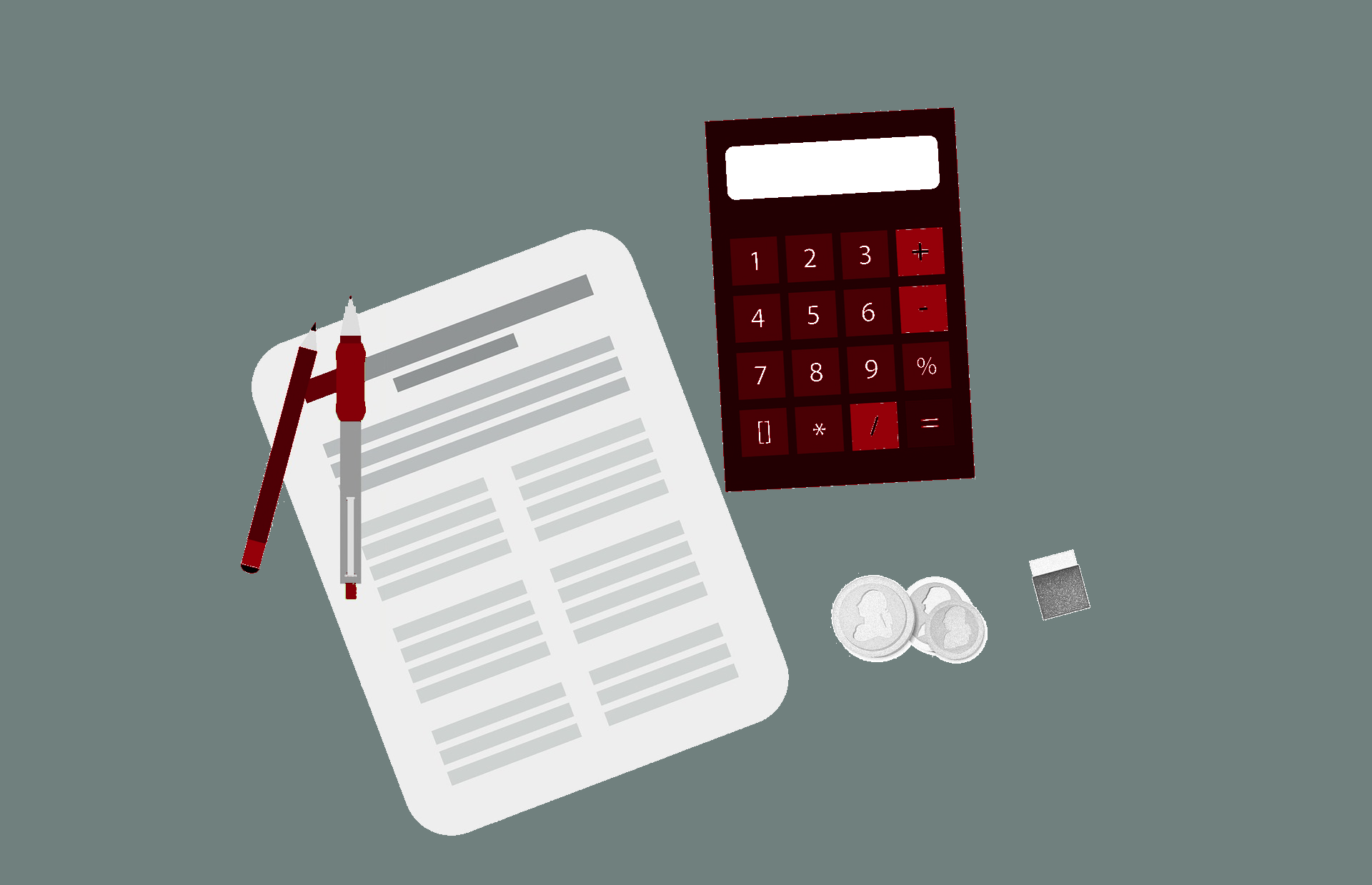What is the gross initial yield in real estate?
The gross initial yield is a yield measure for real estate that reflects the return on a property as a percentage of the purchase price (or the current market value). It indicates what percentage of the purchase price is generated annually as rental income.
You get the
gross initial yield by dividing the annual net rent by the purchase price
of the property.
Let's
illustrate this with an example. Let's say you buy a property for €300.000,
which is rented for a net rent of €1000 per month. With this property you
achieve a rental income of €12.000 per year.
The gross
initial yield of this property is therefore
€12000 / €300.000 = 0,04 = 4 %
Is the gross initial yield
a meaningful indicator of the quality of an investment?
While the
gross initial yield is an important factor in evaluating a property, it does
not tell the whole story about the quality of the property. Much more significant
factors for the quality of a property as an investment are, for example, the
location, the quality and “up-to-date-ness” of the building, or the cash flow
of the property.
Often, the
gross initial yield primarily is an indicator for the inherent risk of a
property from an investor's point of view. A property with a high gross initial
yield probably has a higher risk than a property with a low gross initial
yield.
How does the gross initial
yield affect the attractiveness of a property?
The gross
initial yield is a significant factor in evaluating the attractiveness of a
property. The higher the gross initial yield, the higher the “return”
on an investment from an investor's perspective.
However,
the actual return on a property is influenced not only by the theoretical
rental income, but also by the costs of managing and maintaining the property
and by any rent losses. If a property is frequently vacant or has high
maintenance costs, it is not a worthwhile property despite a high gross initial
return.
What are the risks of
investing in real estate with a high gross initial yield?
There are
often some risks to consider when investing in real estate with a high gross
initial yield. First, high gross initial yield is typically an indication that the
property is in poor condition and requires a lot of renovation work. The
location of the property can also be a risk. If you invest in an area where
many properties are vacant, it could be difficult to resell the property or
even find a tenant.
Is gross initial yield
more important than current yield in real estate investing?
No, from my
point of view, the gross initial yield is much less interesting than the current
yield or the potential of a property. The gross initial yield is only a
theoretical value. It’s only valid in the first days after you’ve purchased the
property.
What's more
interesting for me is how much cash flow the property actually yields year
after year and how you can develop the property.
A property
with a very poor gross initial yield can turn into a goldmine if you can leverage
currently unused and dormant development potential.
Is there
perhaps an opportunity to create additional living space? Are current rents
well below market value? Is the property unattractive and therefore poorly
rented?
If you as
an investor can identify and leverage such potential, properties with a poor
gross initial yield can become very worthwhile properties.



Comments
Post a Comment